Introduction to Piston Work
Importance of Efficiency and Power Output
Efficiency and power output are key metrics that determine how well an engine performs. Efficiency refers to how effectively an engine converts fuel into usable energy, while power output indicates the engine’s ability to generate force. These two factors play a vital role in determining a vehicle’s performance, fuel consumption, and environmental impact. Optimizing piston work is crucial for achieving high efficiency and maximizing power output in any engine.
Overview of the Article
This article will explore the various factors that influence piston work and how they contribute to engine efficiency and power output. We will examine piston design, the combustion process, the impact of stroke length, and various performance improvements. By the end of this guide, readers will gain a comprehensive understanding of how pistons affect engine performance and what can be done to enhance their functionality.
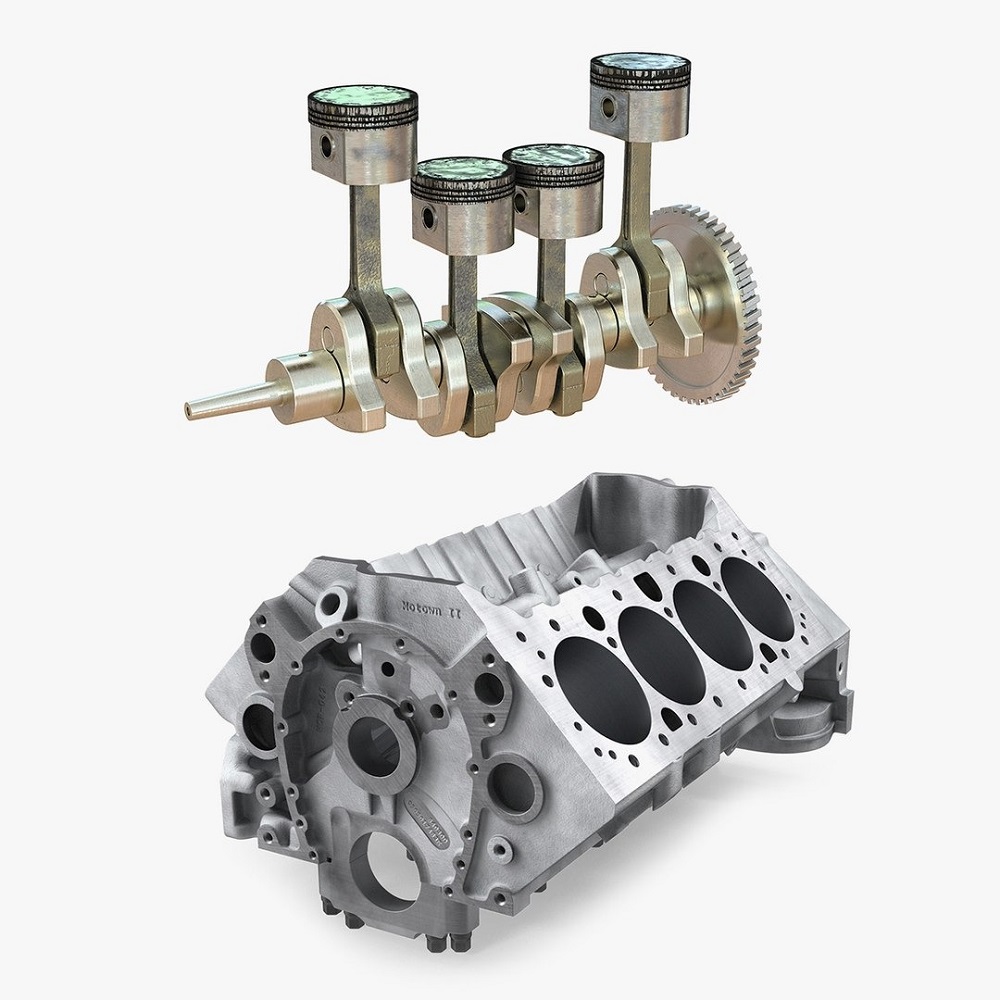
Piston Design and Its Influence
Shape and Dimensions
The design of a piston is fundamental to its functioning within an engine. Pistons come in various shapes and sizes, often tailored to specific engine requirements. Common piston designs include flat-top, dished, and domed configurations. Each shape affects how air and fuel mix within the combustion chamber, influencing combustion efficiency.
The dimensions of the piston, particularly its diameter (bore) and stroke length, are also critical. A larger bore allows for a greater air-fuel mixture to enter the chamber, potentially increasing power output. However, this must be balanced with stroke length to maintain engine dynamics.
Material Selection
The materials used for pistons are equally important. Traditional cast aluminum is widely used due to its lightweight and good thermal conductivity. However, high-performance engines often utilize materials like forged aluminum or even advanced composites. These materials exhibit higher strength and lower weight, enabling the engine to handle increased stress during operation.
The selection of materials not only affects durability but also impacts the efficiency of heat transfer. A piston that can withstand high temperatures reduces the likelihood of thermal expansion, which can lead to performance loss or failure.
Ring Groove Design
Pistons are equipped with ring grooves to accommodate piston rings. These rings serve several functions, including sealing the combustion chamber and controlling oil consumption. The design and fit of the ring grooves are essential for effective sealing and efficient piston work. Proper sealing minimizes the loss of combustion gases while ensuring that oil remains on the cylinder walls, which is necessary for lubrication.
Optimizing the design of these grooves can lead to better efficiency and power output. For instance, higher-quality piston rings that fit snugly within their grooves reduce blow-by, which is the escape of combustion gases past the piston rings. This improvement directly contributes to enhancing engine performance.
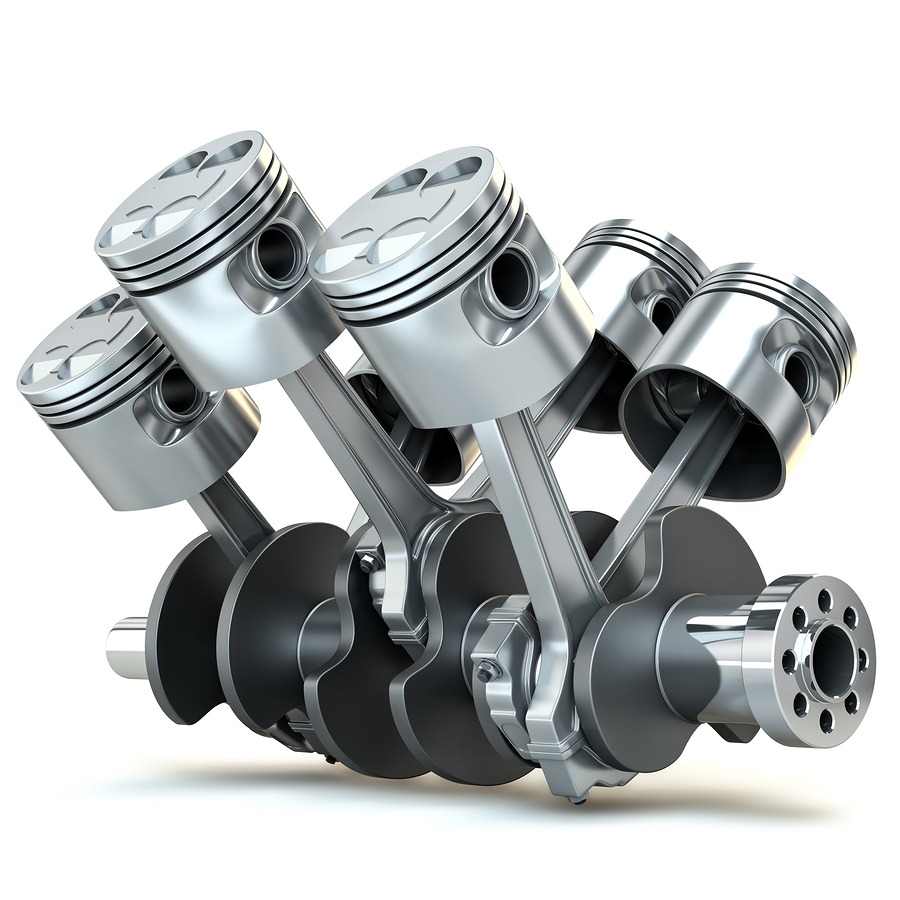
Combustion Process and Piston Work
The Four-Stroke Cycle
In most internal combustion engines, the four-stroke cycle governs how does a piston work. This cycle includes intake, compression, power, and exhaust strokes. During the intake stroke, the piston moves down, allowing an air-fuel mixture to enter the cylinder. The compression stroke follows, where the piston moves up, compressing the mixture.
The subsequent power stroke occurs when the spark plug ignites the compressed mixture, forcing the piston downward. Finally, the piston rises again during the exhaust stroke to expel combustion gases. Each of these phases is integral to the efficient function of the piston and the overall engine performance.
The Effect of Combustion Timing
The timing of combustion events is crucial for maximizing power output. In an engine, if the air-fuel mixture ignites too early or too late, it can lead to inefficient power production. Knock or pre-ignition can occur if combustion happens too early, causing engine damage. Conversely, late combustion can result in poor acceleration and decreased power.
Maintaining precise timing for ignition is essential for piston work to contribute effectively to power and efficiency. Advanced ignition systems and sensors have improved the control over combustion timing, ensuring that pistons operate at their optimum performance levels.
Volumetric Efficiency
Volumetric efficiency refers to the ability of an engine to fill its cylinders with the maximum amount of air-fuel mixture during the intake stroke. A higher volumetric efficiency leads to more power being produced during the combustion process. Piston movement directly influences this efficiency, as it is responsible for creating the necessary vacuum within the cylinder.
Optimizing piston design and the shape of intake passages can enhance airflow and improve volumetric efficiency. Various technologies, including variable valve timing and forced induction systems, have been adopted to help maximize airflow and improve overall engine performance.
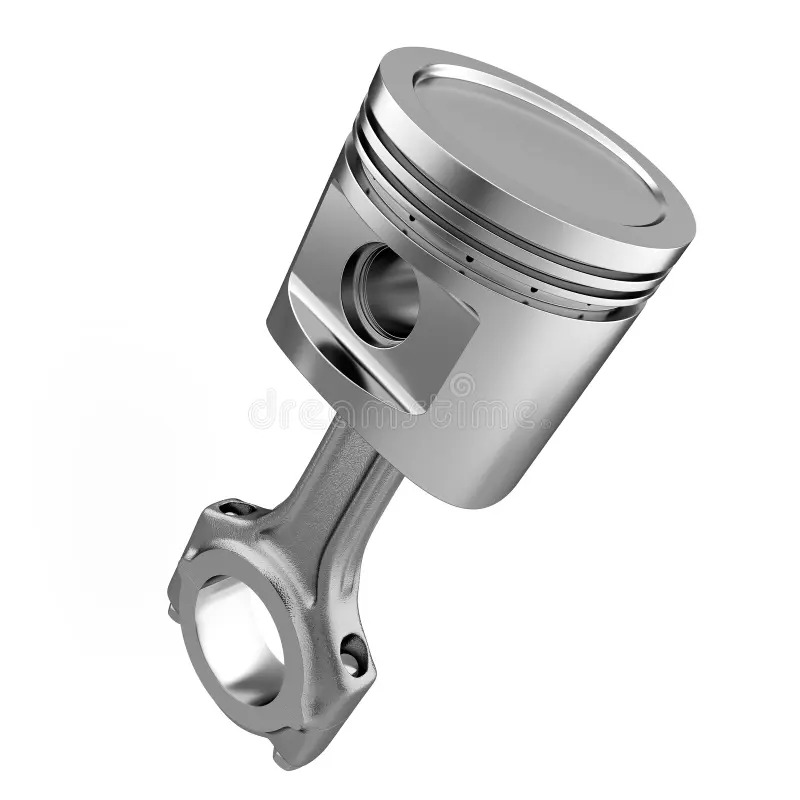
Stroke Length and Its Impact
Short Stroke vs. Long Stroke Engines
The length of the piston stroke significantly impacts an engine’s performance characteristics. Short stroke engines generally produce higher RPMs and are engineered to deliver peak power at those higher speeds. These engines excel in sports and racing applications where acceleration and top-end speed are paramount.
In contrast, long stroke engines typically produce more torque at lower RPMs. This design is favored in applications where low-end power is crucial, such as trucks or off-road vehicles. The choice between short and long stroke configurations ultimately depends on the intended use of the vehicle.
Power Delivery and Engine Response
The stroke length affects how power is delivered across the RPM range. A short stroke piston allows for quicker engine response, making it ideal for fast acceleration. This configuration enables engines to reach peak power more quickly, benefiting performance-oriented vehicles.
However, short stroke engines may require higher RPMs to generate the required torque for specific applications. It often necessitates advanced gearing to ensure efficient power transfer to the wheels. Understanding the relationship between stroke length and power delivery helps in designing engines tailored to specific performance needs.
Thermal Efficiency
Another critical consideration regarding stroke length is its effect on thermal efficiency. Short stroke pistons tend to operate at higher RPMs, which may produce greater heat due to increased friction and combustion speed. As a result, managing this heat becomes essential to avoid engine damage and maintain performance.
Implementing effective cooling systems and utilizing advanced materials can help manage these thermal challenges. Balancing stroke length with appropriate thermal management strategies is vital for maximizing efficiency and performance.
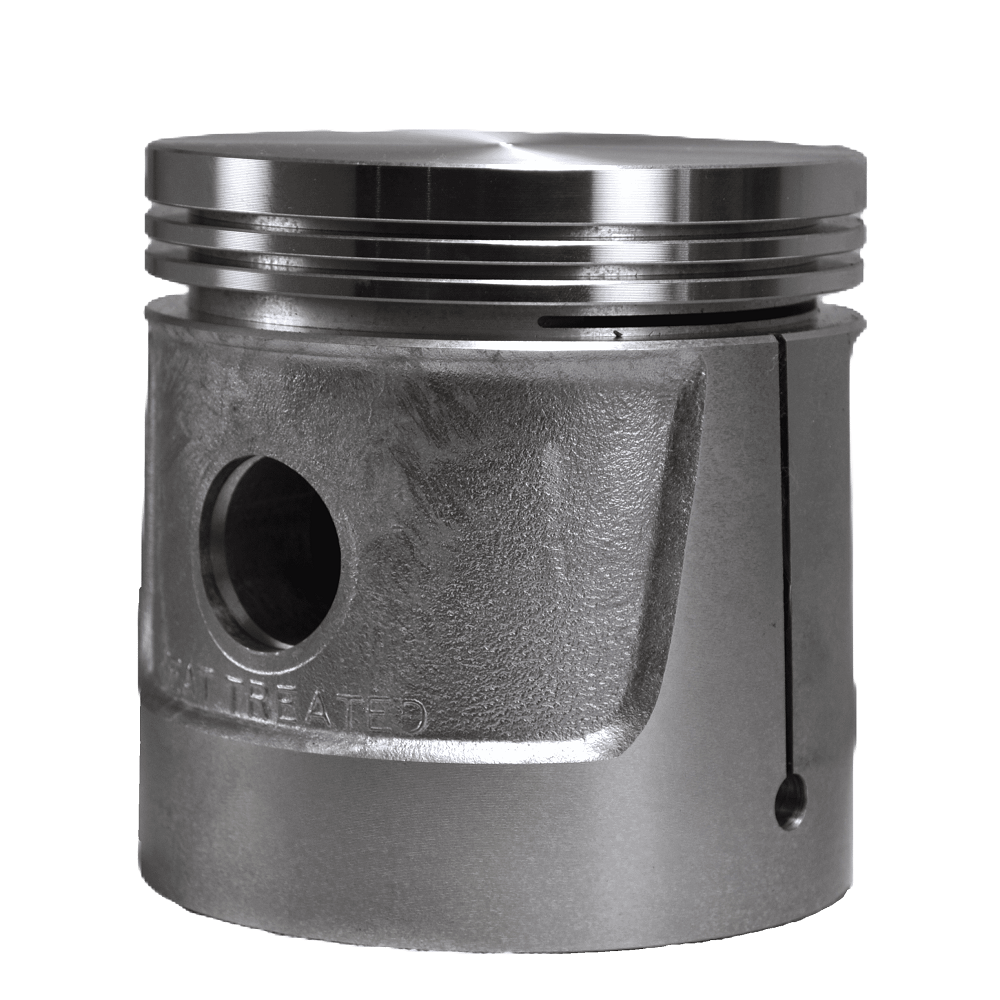
Enhancements in Piston Technology
Lightweight Designs
Advancements in piston technology have led to the development of lightweight designs, which significantly enhance engine performance. Engineers are now utilizing advanced materials and manufacturing techniques, such as forging and machining, to create pistons that are both strong and lightweight. This reduction in mass leads to quicker acceleration and improved fuel efficiency.
Modern racing engines often feature pistons made from specialized aluminum alloys that can withstand high temperatures while minimizing weight. These innovations ensure that the piston can handle the stresses imposed during rapid acceleration and high RPMs.
Coatings and Treatments
Piston coatings have also evolved to enhance performance. Manufacturers are increasingly applying advanced coatings to piston surfaces to reduce friction and wear. Technologies such as ceramic coatings, anodizing, and DLC (diamond-like carbon) coatings help improve thermal management and prolong piston life.
By minimizing friction, these coatings enhance efficiency and can lead to higher power outputs. Additionally, improved thermal properties can result in better heat dissipation, reducing the risk of overheating. As technologies progress, it is likely that even more advanced coatings will emerge, further enhancing piston performance.
Designing for Performance
The continuous quest for increased engine performance drives the need for innovative piston designs. Manufacturers often conduct extensive research on combustion dynamics to optimize the shape and characteristics of pistons. This research focuses on improving airflow, enhancing sealing properties, and reducing emissions.
It’s not uncommon for performance enthusiasts to seek custom-designed pistons tailored to specific engine builds. These tailored solutions ensure that the pistons work in harmony with other engine components to achieve maximum performance.
The Role of Maintenance and Care
Preventive Maintenance Necessities
Proper maintenance of pistons and overall engine components is essential to ensuring longevity and performance. Regular oil changes help maintain lubrication, preventing excessive wear on piston rings and cylinder walls. Maintaining optimal oil levels is critical, as it allows for effective temperature control and reduces friction.
Periodic inspections of engine components can help identify potential problems early on. This proactive approach can prevent significant issues that could lead to costly repairs down the road. Keeping a regular maintenance schedule and promptly addressing any concerns will contribute to the engine’s overall health.
Signs of Potential Issues
Several indicators might suggest that piston or engine problems are developing. Unusual noises, such as knocking or ticking, can signal wear on the pistons or piston rings. Increased oil consumption beyond normal levels may indicate that the piston rings need replacement or that the pistons are no longer sealing effectively.
Additionally, reduced engine performance or sudden drops in power output can signal piston-related issues. If any of these symptoms arise, consulting a mechanic for further evaluation is critical. Early intervention can often prevent more significant damage and expensive repairs.
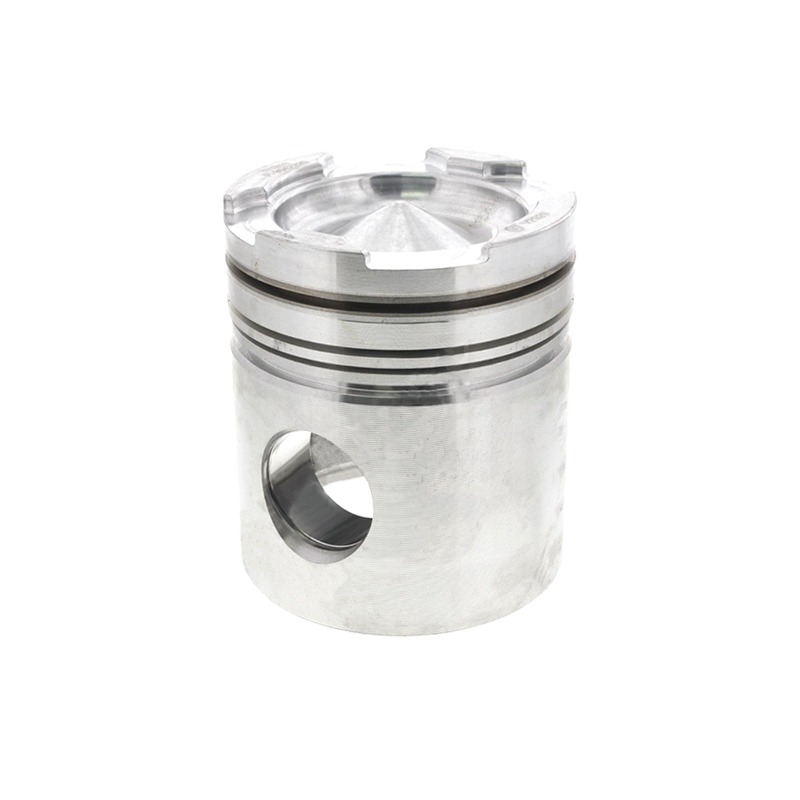
Tuning and Upgrades
As technology evolves, so do tuning and upgrade options for engines. Engine tuning can optimize performance through adjustments in air-fuel ratios and ignition timing. Tuning can maximize the combined efficiency of pistons and other engine components, leading to a more powerful and responsive engine.
Upgrading components, such as adding performance pistons or modifying the existing setup with forced induction, can significantly impact power output. Enthusiasts often research and invest in performance parts to achieve their desired specifications, enhancing their engine’s capabilities.
Conclusion: The Importance of Piston Work in Engine Performance
Understanding the Piston’s Role
In conclusion, short stroke pistons play an essential role in shaping an engine’s performance characteristics. Their design and configuration directly affect power output, efficiency, and overall functionality. As automotive engineering continues to advance, the emphasis on optimizing pistons remains at the forefront of achieving peak performance.
Prioritizing Efficiency and Power
The relationship between piston work, efficiency, and power output cannot be overstated. Understanding how to enhance piston performance is key to achieving desired results in various applications, from racing to everyday driving. Riders and enthusiasts must consider their specific needs and preferences when selecting pistons and tuning their engines, ensuring compatibility for optimal results.
The Future of Engine Design
Looking ahead, the future of engine design will likely continue to embrace innovations in piston technology. As manufacturers work to improve performance, reduce emissions, and enhance fuel efficiency, the importance of piston work will remain a central theme. The advances in materials, design, and engineering will pave the way for more powerful and efficient engines in the years to come.
Empowering Enthusiasts
Ultimately, knowledge is power, especially when it comes to understanding the intricacies of engine components like pistons. By recognizing their function and impact on performance, riders can make informed decisions for maintenance or upgrades. As the automotive and motorcycle industries evolve, those who stay engaged and educated will be best positioned to experience the thrill of optimized engine performance.